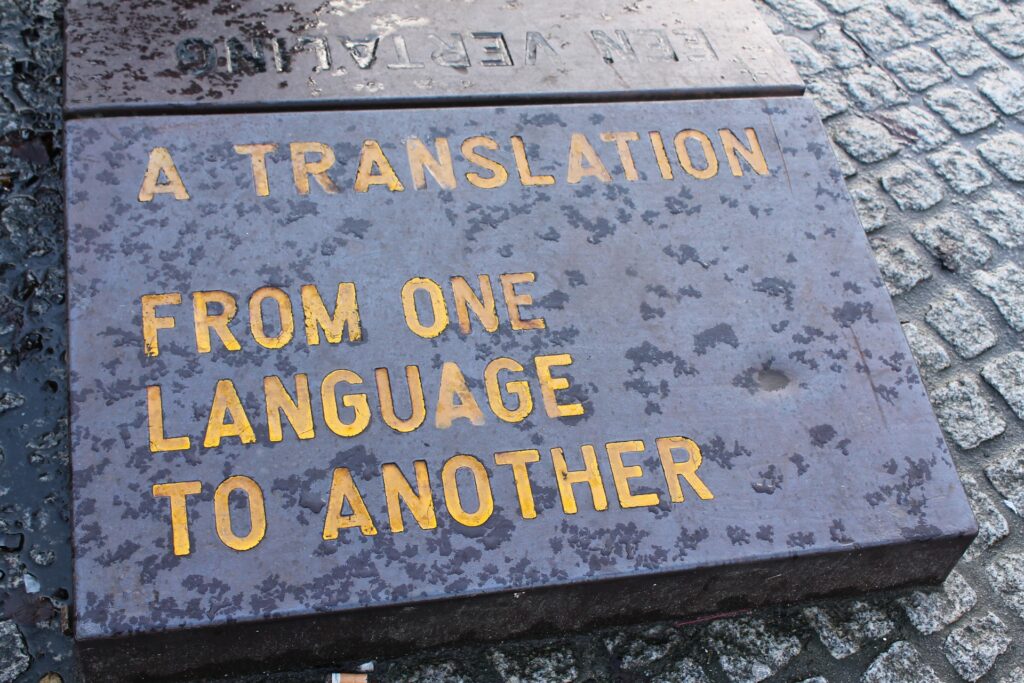
A term describing both a process and its outcome, translation as indicated by the word itself is to move from one place to another, and more particularly to pass from one language to another. In other words, translation is an act of communication, allowing individuals who do not speak a language to convey their message successfully to that language.
Can that happen?
Of course! It has been happening for millenia now! This is how merchants of the olden days got to communicate with each other – and maybe how warlords of the olden days did not! Come to think about it, translation has been there for a very long time now ever since, significantly shaping the history of humanity: from the Epic of Gilgamesh through the Ancient Greek philosophers, the Bible or modern literary masterpieces to the instructions of your vacuum cleaner or your tablet, translation has always been there to help its users understand what is written in another language.
How is that possible?
Well for starters, you need to find a person who speaks the -at least two!- languages involved. Foreign language literacy, and indeed fluency, is an essential prerequisite but not enough. A professional translator must at all times have a certain training of the respective field, as is the case for any other professional. So, the next stage implies that a trained professional, who is fluent in the language pair involved, is in the position to:
- understand what is said in the original text, that is the translator’s level of fluency allows them to break down the message, decoding every single detail and to distinguish between the literal and the metaphorical use of the language
- deverbalise the message, i.e. grasp the meaning, the essence of what is said, regardless of the exact words used
- reexpress the message to be conveyed, using the means -grammar, syntax, vocabulary- of the language into which the text is translated.
Throughout this meticulous process, the specific purpose the original text was written for needs to be identified and served accordingly.
How many types of translation are there?
The two major categories are non-professional translation and professional translation.The first one is used as a means to learn a language and its specificities, to study better its grammar or structural aspects as well as to extend your vocabulary skills; in other words, it is the language of the original text, or the source language as the translators call it, that matters the most and what is required is to form 1:1 pairs of words and their corresponding terms in the language of the translated text, aka the target language, that is why it is acceptable to talk about “fidelity” and “accuracy” in this context. This is usually a process undertaken by a language teacher or their students and its purpose is to serve the class in circumstances that could be considered unofficial.
Then, there is professional translation; as you can probably guess, in that case emphasis is put to the target language and its specificities in terms of grammar, sentence structure and vocabulary. The person who undertakes this work is a trained, professional translator who does not seek to establish a list of corresponding terms but who strives to convey the equivalent meaning of what is said in the original text. A professional translation is used to serve official purposes -that is why it is often required that it is certified. Moreover, by definition, a professional translation is intrinsically “attached” to the original text and cannot deviate from it, in terms of meaning. In other words, the original text and the equivalent translated text convey the exact same meaning, albeit not necessarily in the exact same sentence structure, precisely because languages differ from each other in terms of ways of expressing the same truths. Blame Babel for that! Good news is that now you know, so you are better equipped to make informed choices on your preferred translation services provider!
